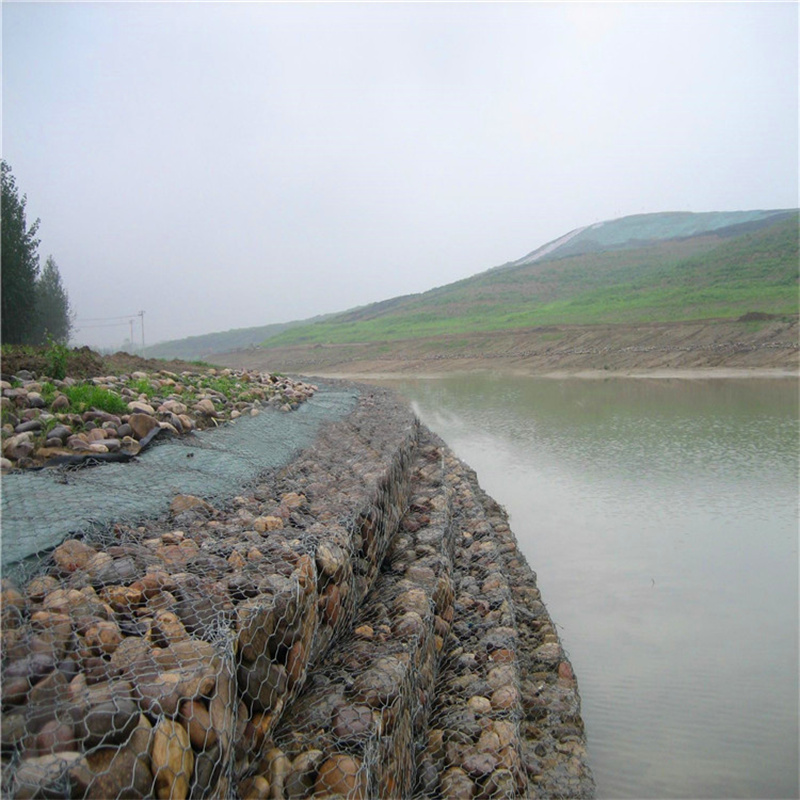Déc . 05, 2024 09:33 Back to list
Optimal Gabion Wall Designs for Enhancing Your Garden Aesthetic and Stability
The Best Gabion Wall for Your Garden A Comprehensive Guide
When it comes to enhancing the aesthetics and functionality of your garden, few features can match the charm and practicality of a gabion wall. These versatile structures, made of wire mesh and filled with stones or other materials, have gained popularity for their unique blend of durability and natural beauty. In this article, we will explore the benefits of gabion walls, guide you to choose the best design for your garden, and offer tips on installation and maintenance.
What is a Gabion Wall?
A gabion wall consists of wire cages, or gabions, filled with rocks, concrete, or other materials. These walls can serve various purposes in your garden, from retaining soil to creating decorative features. Their rustic appearance complements natural landscapes, making them a popular choice for both residential and commercial projects.
Benefits of Gabion Walls
1. Durability Gabion walls are incredibly sturdy and can withstand environmental pressures such as wind and water erosion. Their design allows for good drainage, reducing the risk of collapse during heavy rains.
2. Aesthetic Appeal Available in various sizes, shapes, and materials, gabion walls can add a rustic charm to your garden. You can customize the fill material to suit your taste, whether you prefer smooth river stones, colorful pebbles, or recycled concrete.
3. Environmental Sustainability Utilizing natural materials and allowing for plant growth within and around the walls makes gabions environmentally friendly. They can support local wildlife, promoting biodiversity in your garden.
4. Cost-Effective Gabion walls can often be more affordable than traditional stone walls, especially if you opt for locally sourced materials. The ease of installation can also save on labor costs.
Choosing the Best Gabion Wall for Your Garden
1. Purpose Determine the primary function of your gabion wall. Are you looking to create a terraced garden, retain soil, or simply enhance your garden's visual appeal? Your intended use will guide your design choices.
2. Design and Size Gabion walls come in various sizes and configurations. Smaller walls can be used as decorative borders or plant beds, while larger ones can serve as sturdy retaining walls. Consider the scale of your garden and the height of the wall you need.
best gabion wall for garden

3. Material Selection The choice of fill material is essential for both aesthetics and functionality. Natural stones can create a beautiful look, whereas recycled materials can be attractive and eco-friendly. Think about color and texture to match your garden design.
4. Location Select a suitable location for your gabion wall. Ensure it's placed where it can effectively serve its purpose without obstructing visibility or access to other garden features.
Installation Tips
1. Planning Before you start, plan your design carefully. Sketch your layout and decide on the size and shape of the wall.
2. Foundation A solid foundation is key to stability. Excavate the area where the wall will be placed, ensuring it is level and firm. You may need to add gravel for drainage.
3. Wire Mesh Assemble the wire mesh to create the desired wall sections. Ensure the meshes are tightly secured to prevent any shifting of the fill materials.
4. Fill Material Fill the gabions with your chosen stones, making sure to evenly distribute the weight. Consider layering different colors or sizes of stones for a more dynamic appearance.
5. Topping Off Once completed, you can top the wall with soil to allow for planting, or add larger decorative stones as a finishing touch.
Maintenance
Gabion walls require minimal maintenance. Occasionally check for any shifting of the fill material or damage to the wire mesh, and replenish fill as needed. Adding plants along the wall can help integrate it more naturally into your garden while providing additional stability.
In conclusion, gabion walls are not only practical but also bring a unique charm to gardens. With proper planning and care, you can create a stunning and durable feature that enhances both the beauty and functionality of your outdoor space. Whether used for retaining soil, creating privacy, or beautifying your garden, a well-constructed gabion wall may just be the perfect addition to your landscape.
-
hesco-gabion-baskets-for-coastal-erosion-prevention
NewsAug.22,2025
-
longevity-and-durability-of-river-rock-gabion-walls
NewsAug.22,2025
-
how-to-integrate-gabion-3d-walls-in-urban-planning
NewsAug.22,2025
-
reno-mattress-gabion-applications-in-civil-engineering
NewsAug.22,2025
-
how-to-install-wire-mesh-for-gabion-baskets-properly
NewsAug.22,2025
-
best-materials-for-filling-a-chain-link-gabion
NewsAug.22,2025
-
Wire Mesh Thickness Impact on Gabion Wall Load Bearing
NewsAug.12,2025






